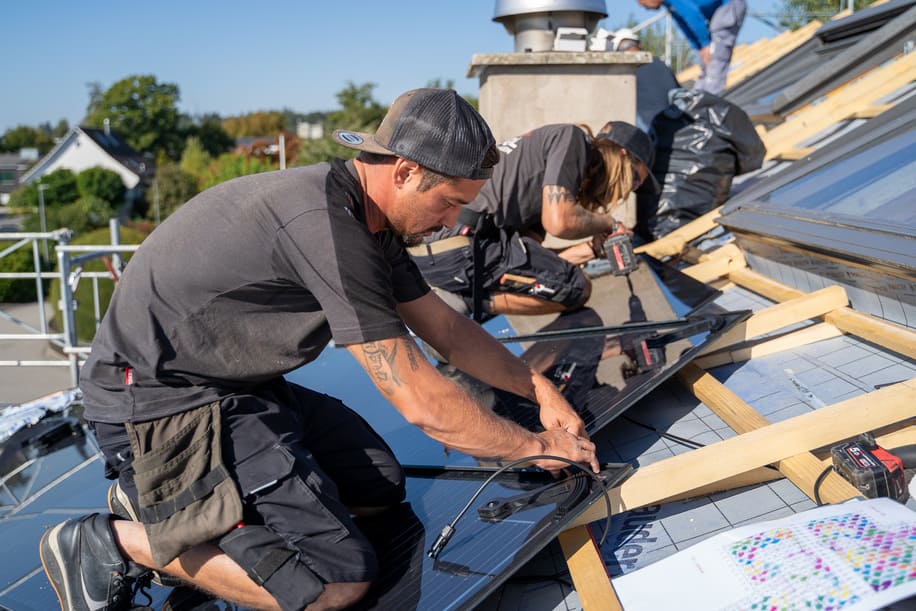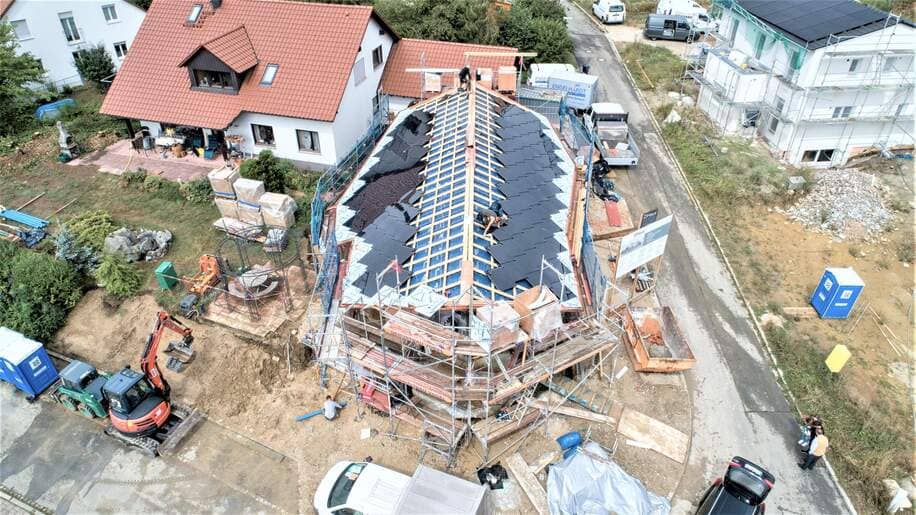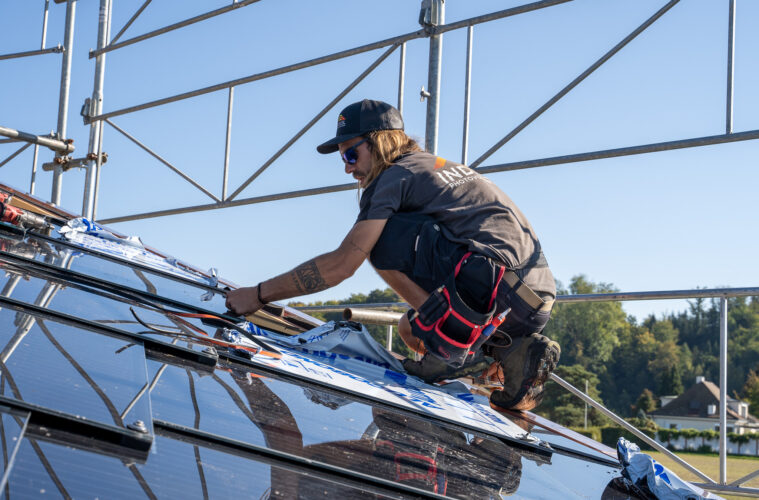Martin Ulmann, marketing manager at solar roof providers SunStyle, explains why traditional solar panels can be costly to maintain and how the alternative can help address these challenges.
The financial appeal of generating electricity from sunlight is undeniable. However, many owners of traditional solar panels underestimate the hidden costs and ongoing efforts tied to system upkeep. While conventional rooftop panels have helped thousands of homeowners and businesses lower their energy bills and carbon footprint, they still present challenges. Smart homes of the future have different needs that will require more modern solutions.
Dirt and debris
A common but often overlooked challenge with traditional solar panels is the accumulation of dirt and debris. Conventional solar panels, typically mounted in frames on the roof’s surface, tend to trap leaves, dust, pollen and bird droppings along the edges and underneath the panels.
Over time, this build-up can block sunlight and significantly reduce energy output. In fact, in some climates, soiling alone can cut generation by as much as 25 per cent.
While light rainfall can help, most panel owners find that regular professional cleaning is needed, especially if the installation is in an area with lots of trees or urban pollution.
Exposed to nature
During heavy winds or hail, mounting systems can loosen and tempered glass can crack. Additionally, severe weather can lead to water infiltration if seals or caulking around the mounting hardware begin to fail over time. Retrofitted solar panels can limit access for roofers and make repairs more expensive.
Not only can the maintenance itself be costly, but in some cases, temporary removal of parts of or the entire system is required. Solar panel downtime means no electricity generation, which during peak seasons can have a financial impact.

The gaps between a roof and a conventional panel system can attract birds or rodents that will nest under panels. To prevent damage to wiring and potential fire hazards, additional measures like mesh barriers are sometimes needed. This is not only an additional cost but is also unsightly and likely not what customers had in mind.
To prevent this, routine inspections are a necessity to monitor inverter health and wiring connections, both of which can degrade and reduce the system’s output. The time and coordination needed for this fall on the homeowner or facility manager, adding to the total cost and effort of the solar panel’s lifespan.
Easing the maintenance risk
Incorporating solar into homes requires a balance between system performance and ease of maintenance. Traditional solar panels come with known upkeep issues from debris that can create extra work for both owners and designers that look to integrate them.
Integrated solar roofs tackle these issues by combining energy generation and roof covering into a single system. Instead of adding panels on top of tiles or shingles, the roof surface itself becomes the solar installation.
This is in line with the increasing popularity of smart homes. Homeowners are looking to integrate technology to enhance their living spaces and prioritise convenience. SunStyle’s solar roofs provide the sustainability and energy efficiency without compromising the aesthetics of the building.
By opting for building-integrated photovoltaics (BIPVs), electrical installations are also made easier for the professionals that help fit smart home systems. They have a simplified layout and require fewer electrical junctions and connections, which are common points of failure in traditional solar panel systems.
The flat, frameless design allows rain and wind to remove debris naturally, reducing the need for regular cleaning contracts or specialist equipment. Without the gaps and frames, sealing and water management are also improved. By using overlapping or interlocking tiles and integrated weatherproofing, degrading sealants and mounting hardware can be avoided.
Beyond their solar function, integrated solar roofs can outperform conventional shingles or tiles in terms of lifespan and weather resistance. They not only generate electricity for the homeowner but also provide a longer-lasting barrier against leaks.
SunStyle’s solar roof combines a fully watertight interlocking structure with integrated rubber seals. As a result, they hold a high hail resistance rating (FM 4473 Class 4) and exceptional wind resistance (ASTM D3161 Class F).
Maintenance happens less frequently due to self-cleaning properties enhanced by the rain and is also easier to do. SunStyle’s solar roofs are sturdy enough to walk on, which makes replacing individual tiles much easier.



